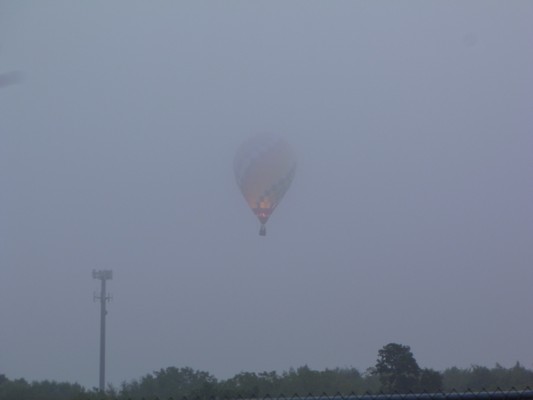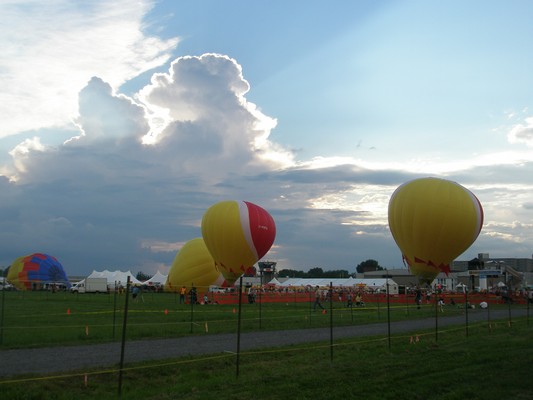
Understanding what is going on with the weather is critical to safely planning and executing a balloon flight. Your pilot will gather weather information from the Internet, the FAA approved Flight Service, local airport reporting stations, and from just looking outside. You should also familiarize yourself with basic weather information as well.
Since hot air balloons depend on stable winds, even slight changes in the weather can have a big effect. Thunderstorms even as far away as 100 miles can effect the stability of a balloon flight. And weather is constantly changing, so understanding the basic signs is key to being safe.
These are a few websites that will provide current or forecast weather information for balloonists:
Listing of aviation forecasts by airport - Blastvalve

Low altitude wind forecast by hour - RyanCarlton.com

Detailed forecasts and maps - NOAA.gov

Some of the best forecasting comes from simply observing the sky and conditions. Discreetly alert your pilot if you notice:
- Significant change in surface wind speed or direction
- Relatively rapid change in temperature
- Towering cumulous clouds building
- Any lightning, anywhere
Remember the old pilot adage "It is better to be on the ground wishing you were in the air, than in the air wishing you were on the ground".







